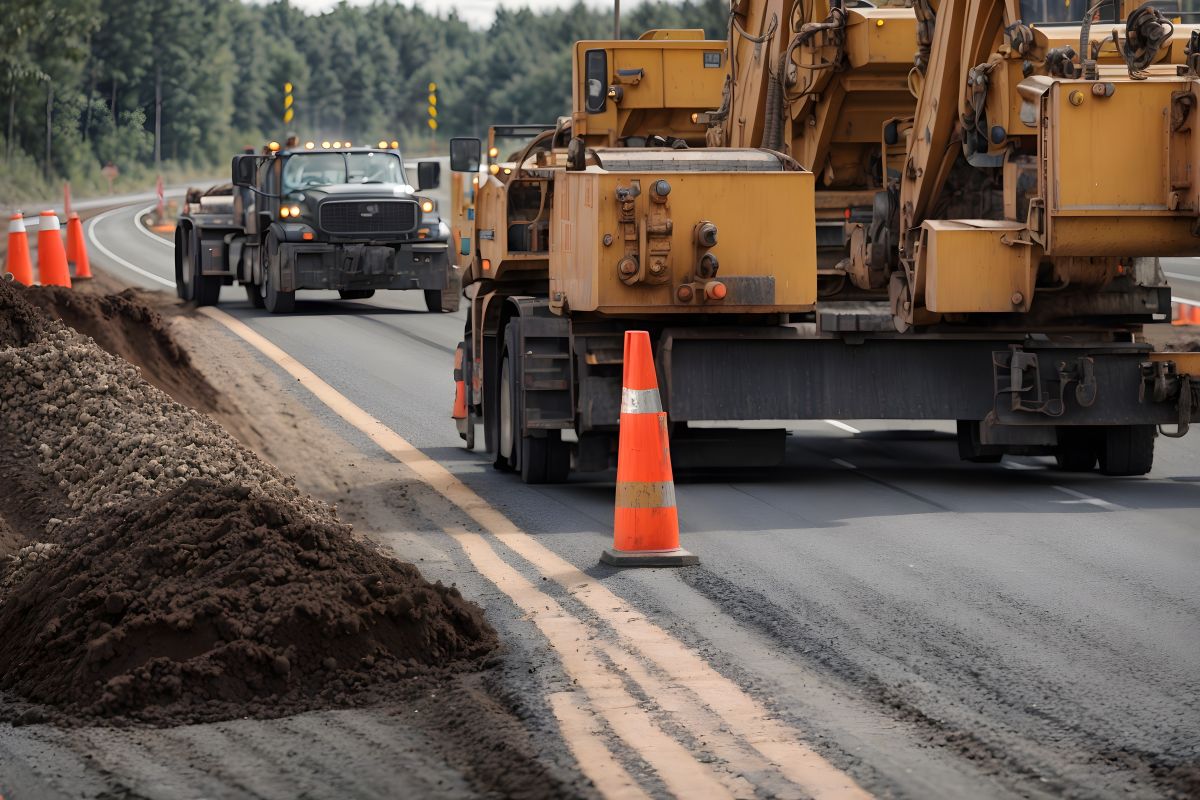Duck Club Building & Maintenance
Design, build, and maintain waterfowl habitat that performs all season
Productive duck clubs don’t happen by accident—they’re engineered. Mr. G’s delivers duck club design, construction, and maintenance services that align water control, habitat layout, and access so you can flood, hunt, and drain on schedule. From new builds to renovations of existing properties, we construct levees and dikes, install water control structures and culverts, build blinds and access boardwalks, shape roads and parking, and provide seasonal upkeep that keeps everything mission-ready through changing weather and water levels.
What we build and maintain
- Levees & dikes: Engineered berms compacted in lifts with stable side slopes and crowned tops for maintenance vehicle access.
- Water control structures: Pipes, risers, flap gates, slide gates, and stop-log boxes sized for watershed and target drawdown/flooding rates.
- Culverts & crossings: HDPE/CMP culverts with proper bedding, cover, and riprap outlets for reliable access.
- Ditches & channels: Inflow/outflow ditches cut to grade for even flooding and clean drainage after season.
- Blinds & hide structures: Elevated or pit blinds with safe approaches, brushed to match surroundings and oriented for predominant winds and sun angles.
- Access roads & pads: Gravel roads, turnarounds, and parking pads with correct base depth, crown, and ditching to stay open in wet conditions.
- Habitat support: Shallow scrapes, loafing areas, and edge transitions that improve feeding and rest while meeting your land use goals.
- Safety & signage: Markers, posts, and simple navigational aids for early-morning approaches and guest safety.
A system approach that aligns water, habitat, and access
The best clubs balance hydrology (how water moves), topography (where water sits), and access (how people move). We start with grades and watershed maps, then place levees and control structures to create shallow, huntable water with predictable depths. Access roads are crowned and ditched so trucks and UTVs stay out of ruts, while blind locations consider wind, cover, sun, and safe shooting lanes. The result is a club that floods evenly, drains cleanly, and hunts consistently.
Our duck club build process
- Assessment & planning
We walk the property, review aerials and grades, evaluate watershed inputs, and note existing structures. You’ll get a practical layout that targets water depths, blind placement, and access routes. - Permits & coordination
Where required, we coordinate with the appropriate authorities for in-water work and culvert/ditch improvements. We schedule around planting, nesting windows, and landowner operations. - Levee & ditch earthwork
We excavate/fill to create compacted levees with gentle side slopes, cut inflow/outflow ditches to grade, and prepare subgrade for structures. - Water control installation
Pipes, risers, and gates are set on bedding stone, joined to spec, and backfilled in controlled lifts. Outlets receive riprap over geotextile to prevent scour. - Access & blind construction
Roads and pads are built with graded aggregate base and defined crown; blinds are set on stable foundations with safe approaches and brush-in. - Final grading & stabilization
We blend transitions, seed and blanket disturbed ground, and stabilize levee faces for quick establishment. - Turnover & seasonal plan
You receive a simple operations guide for flooding, hunting, and drawdown, plus a maintenance checklist for gates, ditches, roads, and blinds.
Materials and methods built for real floods
- Compacted clay cores and moisture-conditioned lifts for levee integrity
- HDPE/CMP culverts and PVC storm lines sized to expected flows
- Slide gates/stop-log structures for precise level control and quick drawdown
- Riprap outlet protection to prevent erosion at discharges
- Graded aggregate base and dense surface aggregate on roads for low maintenance in wet seasons
- Non-woven geotextile under roads or at soft approaches to keep fines from pumping
Seasonal maintenance that keeps birds and people coming back
- Pre-season: Inspect gates, risers, and pipes; clear debris from inlets/outlets; mow levee crowns and shoulders; blade roads and top up surface aggregate; replace worn blind decking, ladders, or handrails.
- In-season: Monitor levels after heavy rain; check for seepage or erosion; keep approaches and walkways safe and lit.
- Post-season: Draw down to plan; clean debris; seed/overseed levee faces; touch up riprap; grade ruts; schedule any structural repairs.
- Annual: Flush culverts, re-crown roads, re-brush blinds, and re-mark safety zones.
Common problems we solve
- Levees that overtop or erode because spillways are undersized or absent
- Uneven flooding due to poor grades or blocked ditches
- Culverts that plug or float because bedding/cover was wrong
- Blinds that flood, wobble, or are poorly concealed
- Roads that become impassable during the best flights of the season
Why choose Mr. G’s for duck club projects
- Integrated build: Earthwork, water control, roads, and blinds by one accountable team
- Right-sized components: Structures matched to your watershed and management goals
- Clean, safe finishes: Stable approaches, tidy staging, and photo-verified results
- Transparent estimates: Scope, materials, allowances, and seasonal options spelled out up front
Pricing, timelines, and factors that affect them
Cost depends on acreage, levee length/height, structure count/size, access, material haul distances, and stabilization needs. Unknowns—soft subgrade, hidden debris, or unexpected inflows—can change approach; we’ll communicate options instantly and proceed only with your approval. We schedule work to hit pre-season readiness and coordinate around planting or wildlife windows as applicable.
Ready to build or revive a duck club that hunts consistently? Call (573) 473-8438 for a site walk and free quote.
FAQs: Duck Club Building & Maintenance
How deep should I flood my impoundments for best hunting?
Most clubs target shallow water (often ankle to knee deep) over feed to keep birds comfortable and in range. Exact depths depend on vegetation, substrate, and your blind setup—we’ll grade for even coverage and install control structures that let you fine-tune levels.
Can you retrofit my existing levee and pipes, or do I need a full rebuild?
Often a retrofit works: reset or upsize pipes, add a real spillway, rebuild soft sections, and armor outlets. We’ll evaluate integrity, settlement, and flow, then propose the most cost-effective path.
Will access hold up during wet weather and heavy use?
Yes—when roads are built correctly. We use graded base, defined crown, and ditching, with geotextile where soils are weak. Seasonal top-ups and ditch cleaning keep routes open for hunters, ATVs/UTVs, and service vehicles.


.png)
.jpg)
.jpg)
.jpg)
.jpg)
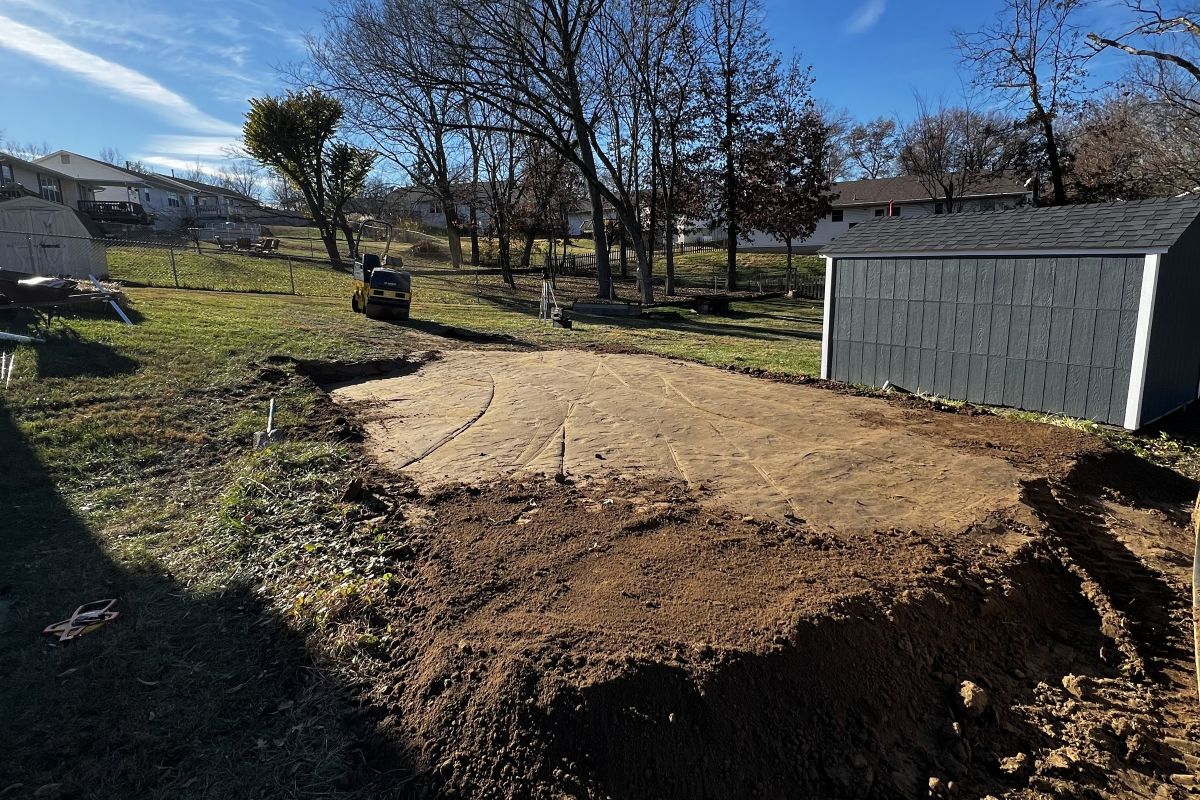




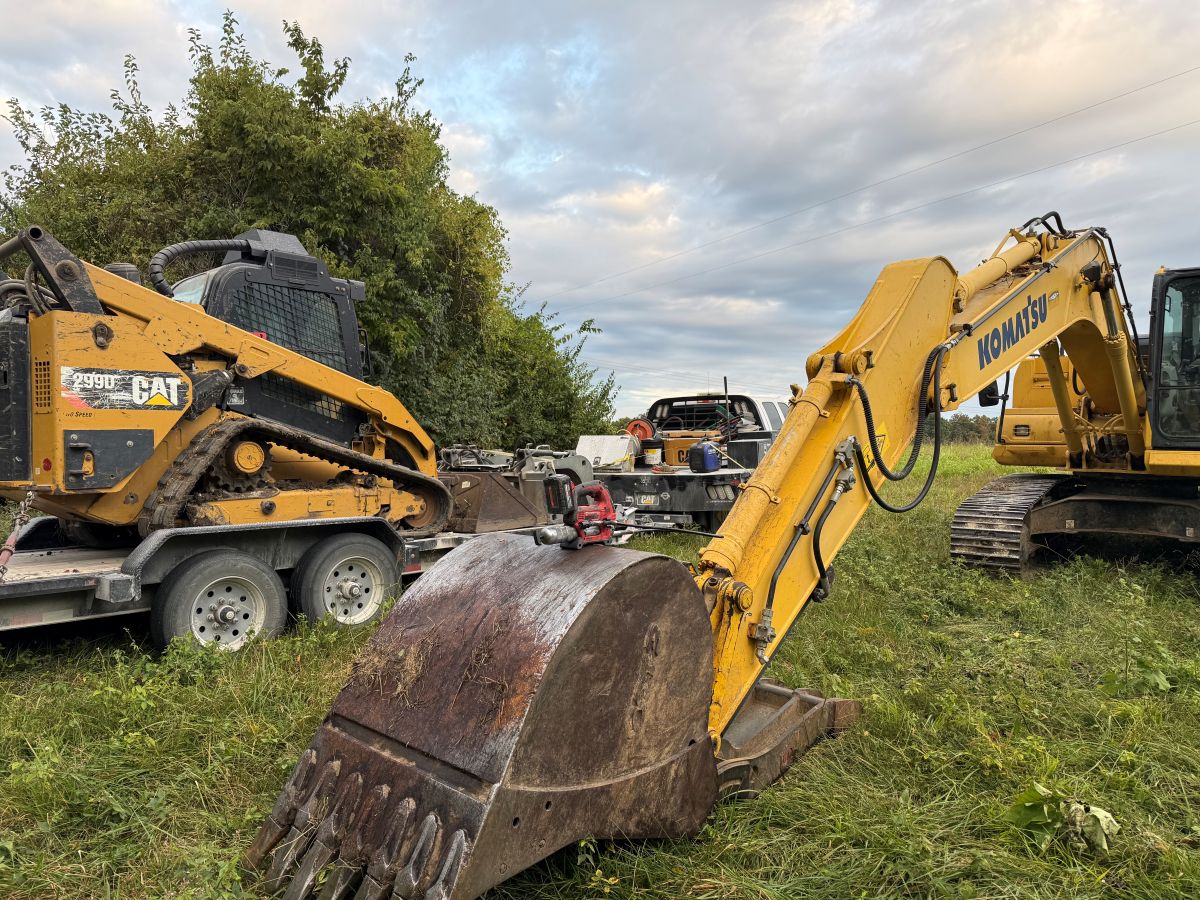
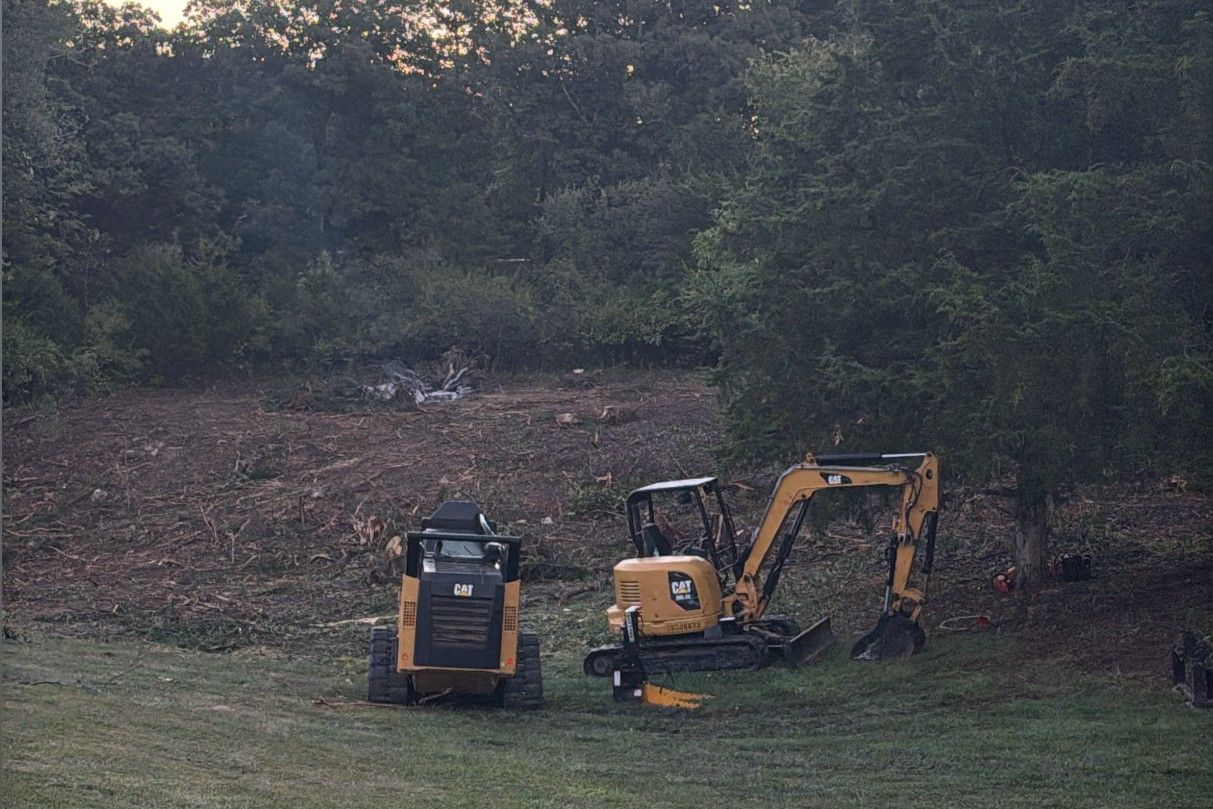
.jpg)

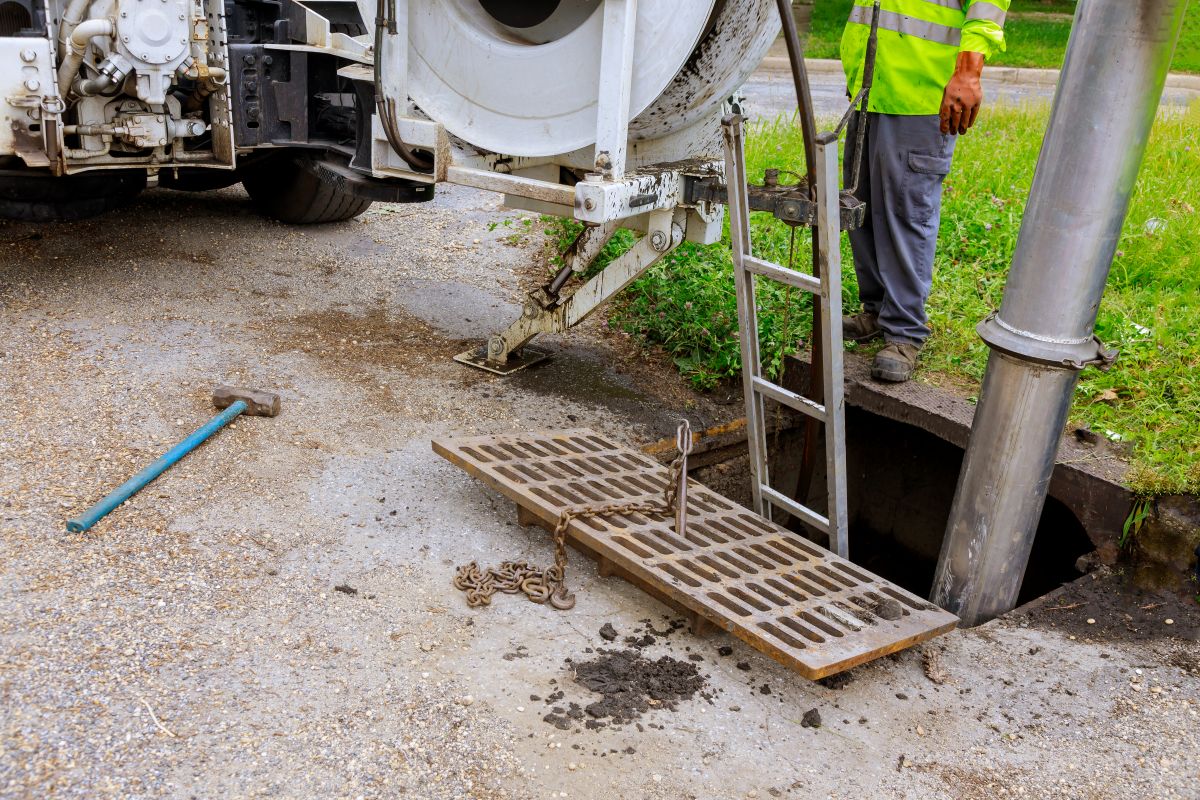
.jpg)
.jpg)
.jpg)
